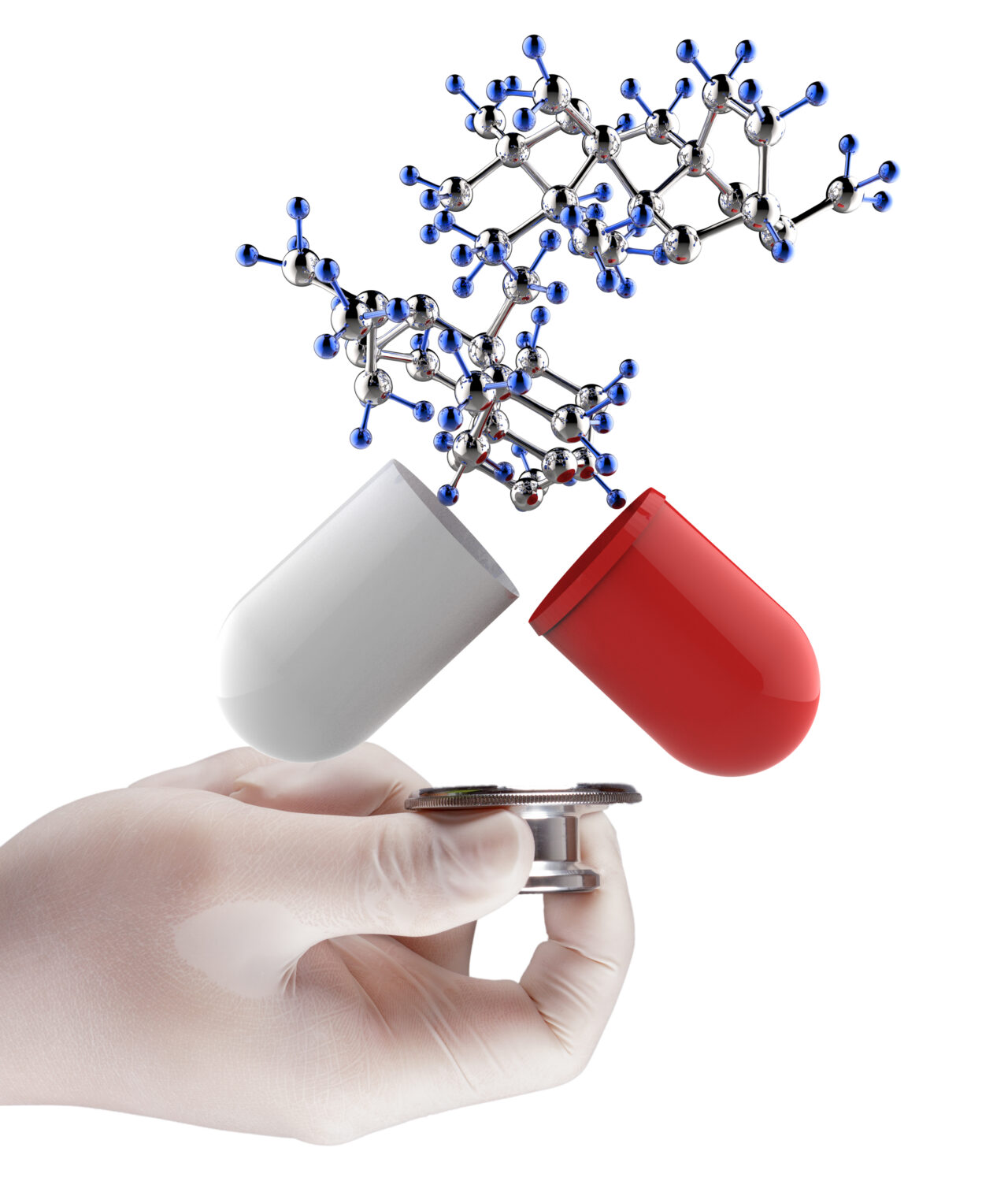
Chemotherapy is a form of cancer treatment that uses drugs to destroy or inhibit the growth of cancer cells. The development of chemotherapy drugs involves a complex process that includes several key steps. Here’s an overview of the requirements and steps involved in the development of chemotherapy drugs:
Identification of Targets:
Researchers identify specific molecular targets that play a crucial role in cancer cell growth and survival. These targets can include proteins, enzymes, or other molecules involved in the cancer cell cycle.
Drug Discovery:
Once potential targets are identified, researchers search for or design chemical compounds that can interact with these targets. High-throughput screening and computational methods are often used to identify potential drug candidates.
Preclinical Testing:
Promising drug candidates undergo preclinical testing in laboratory settings using cell cultures and animal models. This phase assesses the drug’s safety, effectiveness, and potential side effects. The goal is to gather enough data to support the initiation of clinical trials.
Investigational New Drug (IND) Application:
If preclinical studies are successful, researchers submit an Investigational New Drug (IND) application to regulatory authorities (such as the U.S. Food and Drug Administration, FDA). This application includes data from preclinical studies and outlines the proposed clinical trial plan.
Clinical Trials:
Clinical trials involve testing the drug in human subjects to evaluate its safety, efficacy, and optimal dosage. Clinical trials typically have multiple phases:
Phase I: Small groups of healthy volunteers to determine the drug’s safety and dosage.
Phase II: Larger groups of patients to assess the drug’s effectiveness and further evaluate its safety.
Phase III: Large-scale trials to confirm efficacy, monitor side effects, and compare the new treatment to existing standard treatments.
New Drug Application (NDA):
If clinical trials are successful, researchers submit a New Drug Application (NDA) to regulatory agencies, providing comprehensive data on the drug’s safety and efficacy. The regulatory agency reviews the data before deciding whether to approve the drug for public use.
Approval and Post-Marketing Surveillance:
If the regulatory agency grants approval, the drug can be marketed and prescribed to patients. Post-marketing surveillance continues to monitor the drug’s safety and effectiveness in larger patient populations.
Combination Therapies:
In some cases, chemotherapy drugs are used in combination with other treatments, such as surgery, radiation therapy, or different types of drugs. Combination therapies can enhance effectiveness and reduce the risk of resistance.
Throughout this process, adherence to ethical and regulatory standards is crucial to ensure patient safety and the validity of the research. It’s also important to note that developing chemotherapy drugs is a dynamic and ongoing, with researchers continually exploring new targets and treatment approaches.
Contact Us:
At GxP Cellators, we are committed to helping drug development companies define their regulatory strategies. Our consulting services are designed to assist in navigating the complex regulatory landscape, ensuring that your company meets all requirements. If you need help in this area, please do not hesitate to contact us at info@gxpcellators.com.
by admin
I am a seasoned GxP expert and the founder and CEO of GxP Cellators, a consulting firm that provides GxP advisory and auditing services to clients across the globe. My mission is to help clients achieve excellence in quality, compliance, and remediation, and to foster a robust quality culture in their organizations.
